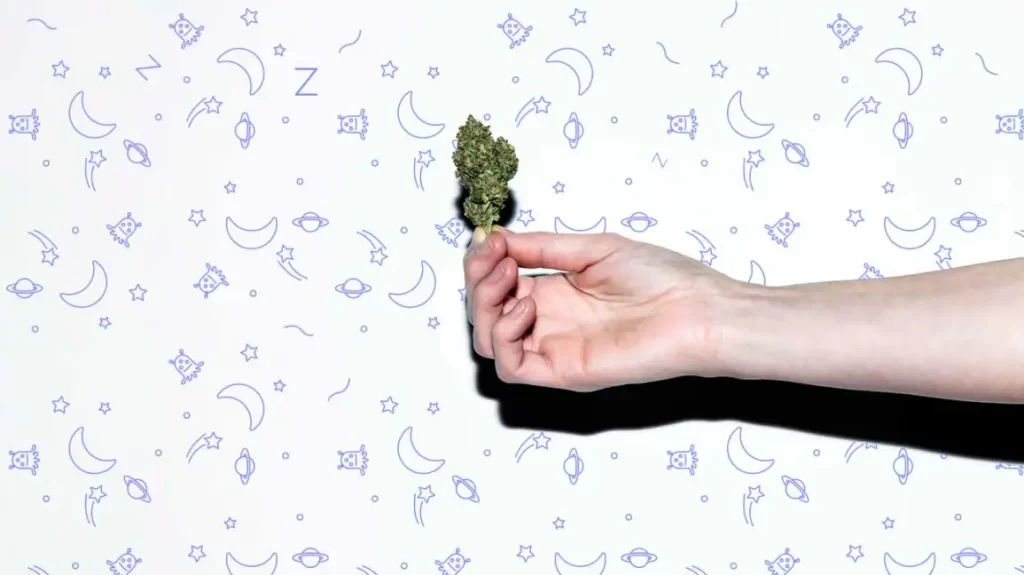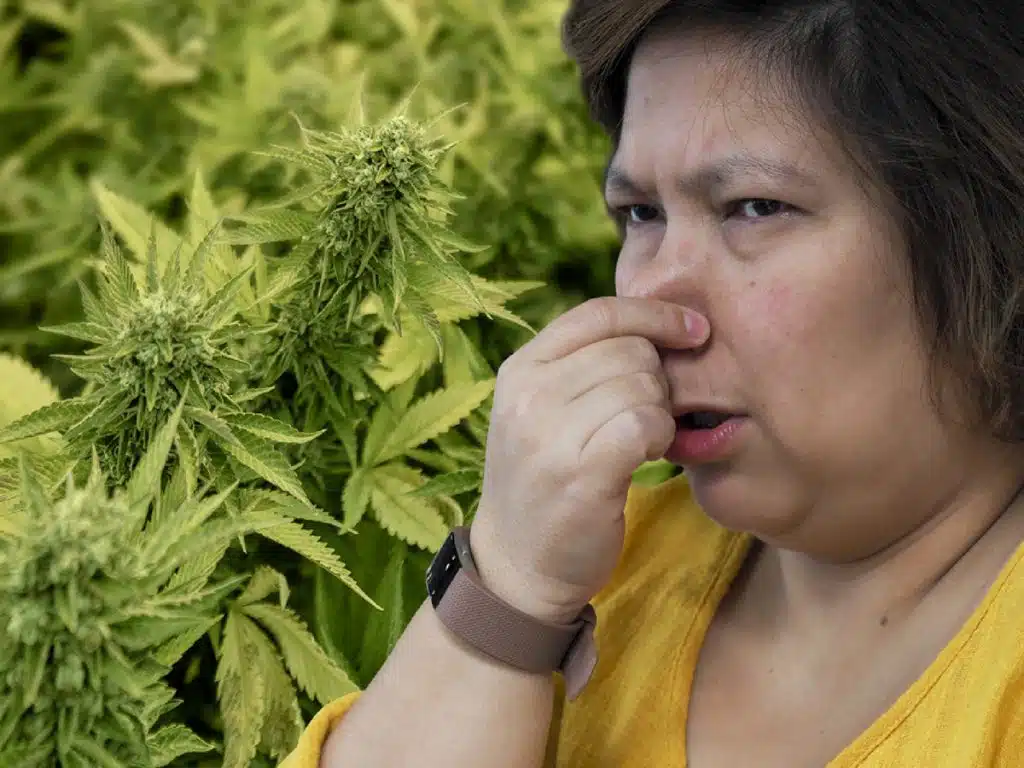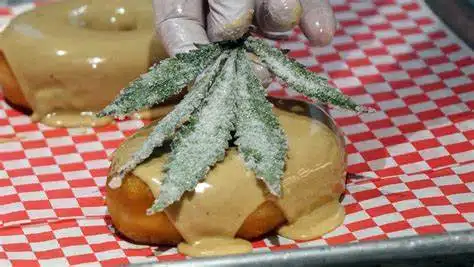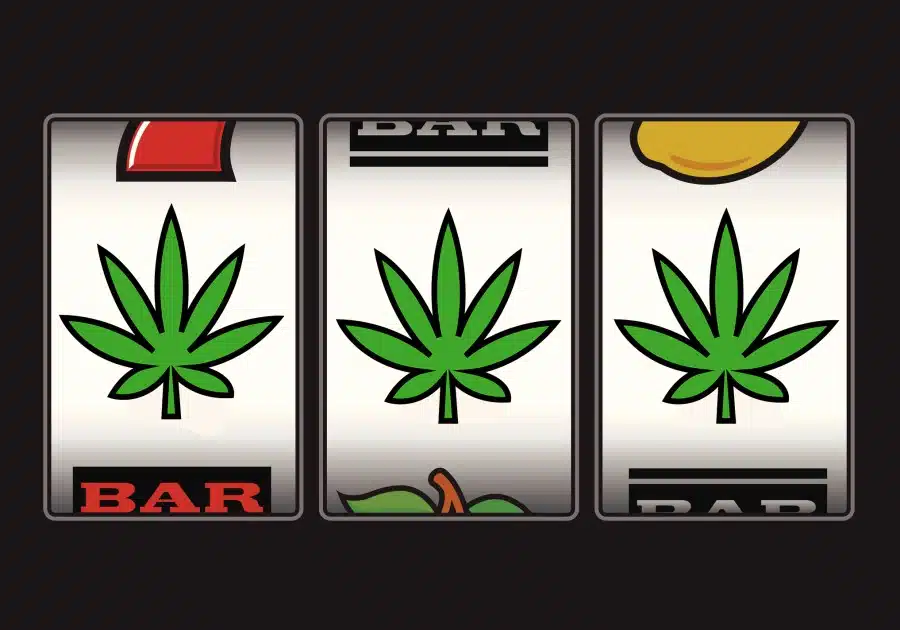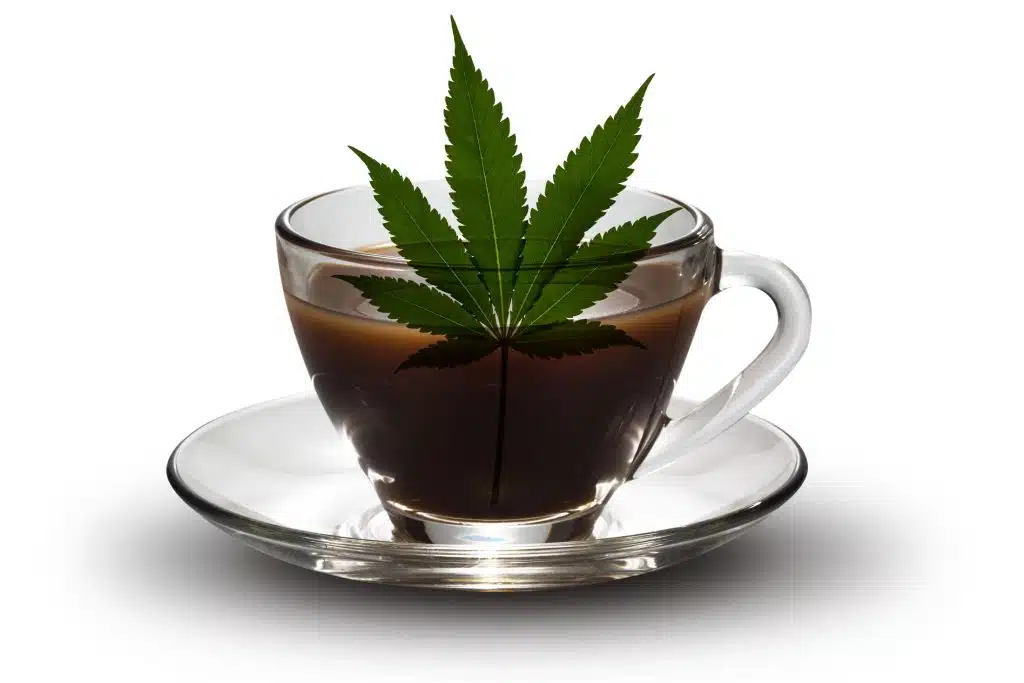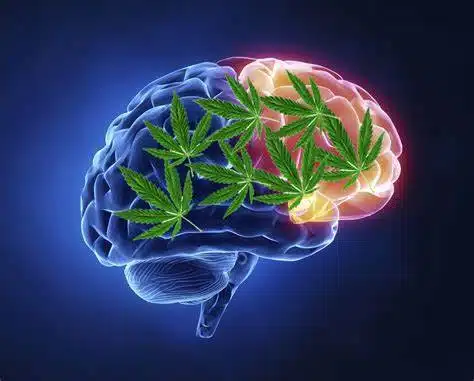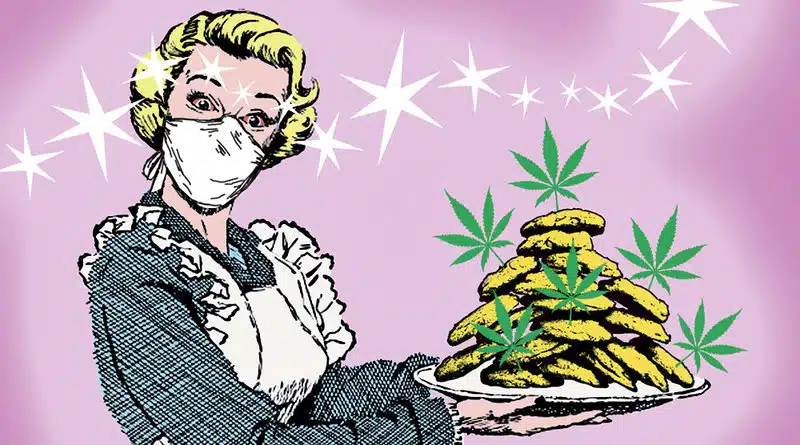Why Does Weed Have To Be Trimmed?
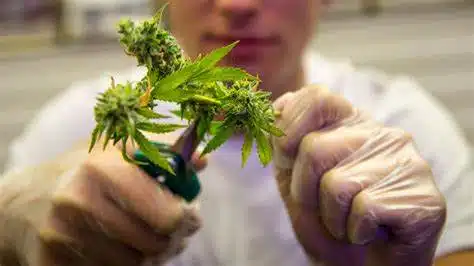
Why Does Weed Have To Be Trimmed?
When it comes to the cultivation of cannabis, there are several important steps that need to be followed to ensure the best possible yield and quality. One such crucial step is trimming the weed. Trimming involves removing excess leaves and stems from the buds, resulting in a cleaner and more desirable final product. In this article, we will explore the reasons why weed needs to be trimmed and the benefits it brings to both growers and consumers.
1. Enhancing Aesthetics and Presentation
Trimming weed plays a significant role in enhancing the overall aesthetics and presentation of the final product. By removing excess leaves and stems, the buds become more visually appealing, with a cleaner and more manicured appearance. This is particularly important for those who plan to sell their cannabis, as a well-trimmed product is more likely to attract customers and command a higher price.
2. Improving Potency and Flavor
Trimming weed also has a direct impact on the potency and flavor of the final product. The leaves and stems that are removed during the trimming process contain lower concentrations of cannabinoids, such as THC and CBD, compared to the buds. By eliminating these less potent parts, the overall potency of the buds is increased. Additionally, trimming helps to eliminate any unwanted chlorophyll, resulting in a smoother and more flavorful smoking or vaping experience.
3. Preventing Mold and Mildew
One of the main reasons why weed needs to be trimmed is to prevent the growth of mold and mildew. Excess leaves and stems can create pockets of moisture within the buds, providing an ideal environment for mold and mildew to thrive. By removing these excess parts, growers can significantly reduce the risk of their crop being contaminated by these harmful pathogens. This is especially crucial during the drying and curing process, as proper airflow is essential to prevent mold growth.
4. Increasing Yield and Efficiency
Trimming weed can also lead to increased yield and efficiency in the cultivation process. By removing excess leaves and stems, growers can redirect the plant’s energy towards the development of larger and more potent buds. This results in a higher overall yield of usable product. Additionally, trimming allows for better light penetration and airflow within the plant canopy, reducing the risk of pests and diseases and promoting healthier growth.
5. Facilitating Proper Drying and Curing
Proper drying and curing are essential steps in the post-harvest process of cannabis cultivation. Trimming plays a crucial role in facilitating these processes. By removing excess leaves and stems, growers can ensure that the buds dry evenly and thoroughly. This helps to prevent the development of mold and mildew during the drying phase. Additionally, trimmed buds are easier to handle and arrange for optimal curing conditions, resulting in a more flavorful and aromatic final product.
6. Minimizing Harshness and Irritation
Trimming weed can also help to minimize the harshness and irritation often associated with smoking or vaping cannabis. Excess leaves and stems contain a higher concentration of plant material, which can contribute to a harsher smoking experience. By removing these parts, the resulting buds have a higher concentration of cannabinoids and a smoother smoke or vapor. This is particularly beneficial for individuals with sensitive lungs or those who prefer a milder experience.
7. Ensuring Consistency in Quality
Consistency in quality is crucial for both growers and consumers of cannabis. Trimming weed plays a vital role in ensuring that each bud meets a certain standard of quality. By removing excess leaves and stems, growers can eliminate any inconsistencies in the appearance, potency, and flavor of their product. This allows consumers to have a more predictable and enjoyable experience, knowing that they are getting a consistently high-quality product.
8. Compliance with Legal Regulations
In regions where cannabis cultivation is legal, there are often strict regulations regarding the appearance and quality of the final product. Trimming weed is an essential step to ensure compliance with these regulations. By removing excess leaves and stems, growers can meet the required standards for visual appeal and overall quality. This is particularly important for those who operate within the legal market and want to maintain a reputable and compliant business.
9. Reducing the Risk of Contamination
Trimming weed also helps to reduce the risk of contamination from external factors. Excess leaves and stems can easily trap dirt, dust, and other contaminants, which can negatively impact the quality and safety of the final product. By removing these parts, growers can minimize the risk of contamination and ensure that their cannabis is clean and safe for consumption.
10. Promoting the Growth of Healthy Plants
Lastly, trimming weed promotes the growth of healthy plants. By removing excess leaves and stems, growers can improve airflow and light penetration within the plant canopy, reducing the risk of pests and diseases. This leads to healthier plants that are more resistant to common issues that can affect cannabis cultivation. Healthy plants are more likely to produce higher yields and better-quality buds, making trimming an essential practice for successful cannabis cultivation.
In conclusion, trimming weed is a crucial step in the cultivation process that brings numerous benefits to both growers and consumers. From enhancing aesthetics and potency to preventing mold and promoting healthy growth, trimming plays a vital role in producing high-quality cannabis. By understanding the importance of trimming, growers can ensure that their crop meets the desired standards of appearance, flavor, and overall quality. So, whether you are a grower or a consumer, remember the significance of trimming in the world of cannabis. If you are interested in buying weed online and THC products, check out Ganja West online weed dispensary and shop for your weed online and cannabis products at ganjawest.co!
